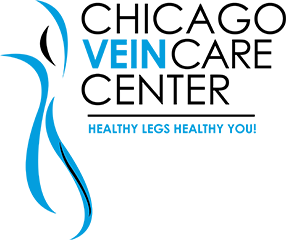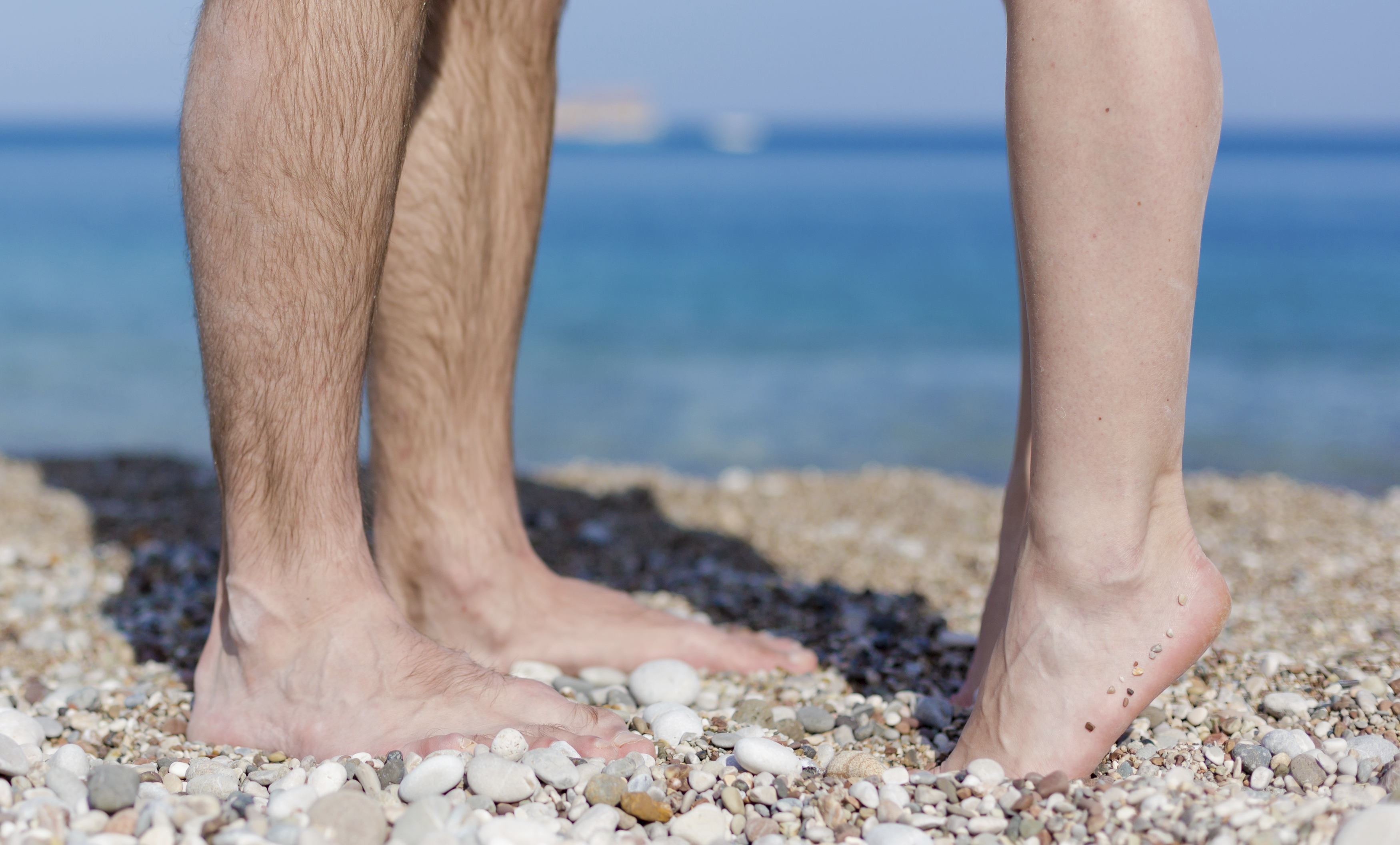There are many conditions that can affect your veins, but most fall under one of two main categories—thrombosis or insufficiency. Some of the conditions that are associated with each type are mild, while others can be downright devastating to your health and lifestyle. In this article we take a broad look at both of these types of vein disease and learn what a Chicago vascular doctor can do to help you become healthier.
To better grasp vein disease in general, Chicago residents should know how healthy veins work.
A properly working vascular system circulates blood from the heart through the arteries and back up via your veins. This transport system runs throughout your body to allow for dissemination of oxygen and nutrients to your organs and tissues. To fight against the pull of gravity, veins use the contraction of your leg muscles and a pressure valve system that forces blood up and out of the lower body.
When your veins and arteries are working together properly, you have the health and energy you need to get through the day. But when things aren’t working adequately due to some form of thrombus or insufficiency, you can feel sick or lethargic at best.
You probably know thrombosis as blood clots.
Thrombosis is a condition in which a blood clot (thrombus) develops within the vein. Clots can form inside the smaller surface veins (superficial thrombophlebitis) or in the major leg veins that sit deep within your legs (deep vein thrombosis). A superficial thrombus usually doesn’t require more than an over-the-counter painkiller, sometimes a blood thinner, and a little rest. Deep vein thrombosis, on the other hand, is a life-threatening condition that needs prompt attention from a Chicago vascular doctor.
Venous insufficiency is best known for producing varicose veins.
When the vein valves are unable to open and close properly, blood falls backward and pools inside the problem vein. This creates a large amount of pressure and swelling that can have a “blowout” effect on the vein wall. You can see venous insufficiency by its outward signs of spider and varicose veins. Other symptoms can include tired, heavy sensations, pain, and swollen legs and feet.
What can be done about vein disease?
The best way to treat vein disease is to keep it from happening in the first place. Prevention can be as simple as maintaining a healthy lifestyle. But sometimes veins can become diseased despite your best efforts. Although varicose veins don’t always require treatment (some people live their whole lives unbothered by varicosities), you must seek vein removal by a Chicago vascular doctor to improve the appearance of varicose veins or to treat thrombosis.
If you think vein disease is troubling you, come by our Chicago vein treatment center for a venous assessment. From there, Dr. Ramon Castro will be able to determine your current condition and can suggest a vein care plan to suit your needs and lifestyle. You can learn more about individual venous conditions by reading through our informative articles at www.yourveinexpert.com. You can also contact us right away at 773-283-7887 to schedule a consultation. We look forward to hearing from you.

